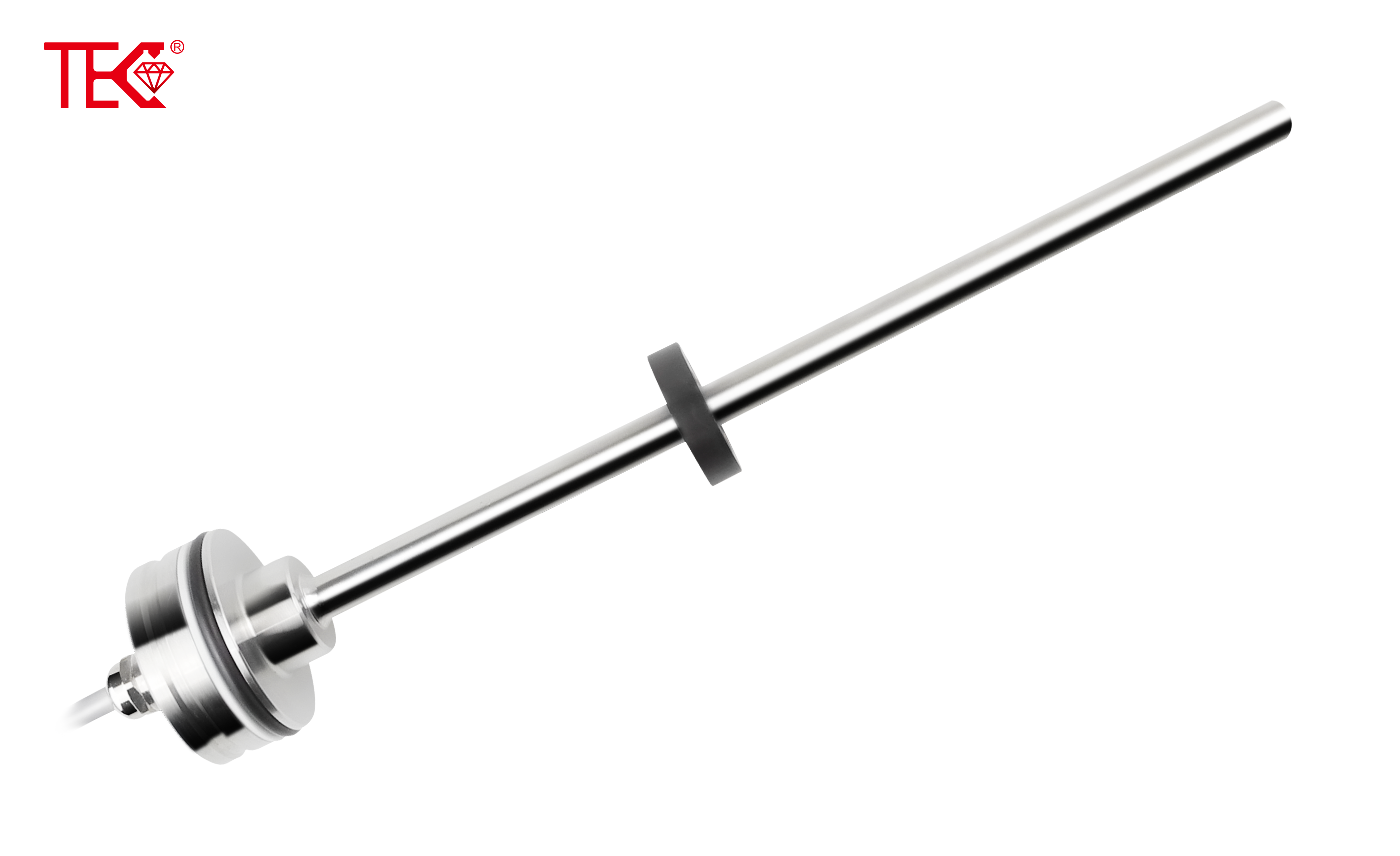How is the vibration resistance of magnetostrictive sensors?
Understanding Magnetostrictive Sensor Technology
Magnetostrictive sensors operate on the principle of magnetostriction, where a ferromagnetic material changes shape in response to a magnetic field. These precision devices measure position by generating a torsional strain wave that travels along a waveguide. The non-contact nature of this technology forms the foundation of their remarkable durability. Unlike mechanical sensors with physical contact points, magnetostrictive sensors eliminate wearing components that could fail under vibrational stress. This fundamental design advantage makes them inherently resistant to the damaging effects of constant motion and mechanical shock.
The Structural Integrity Behind Vibration Resistance
The robust construction of magnetostrictive sensors contributes significantly to their vibration tolerance. Manufacturers encase critical components within a sealed, rigid housing typically made from stainless steel or other durable alloys. This protective enclosure shields the internal waveguide and electronics from external forces. Internally, components are securely mounted using advanced potting compounds that dampen vibrations and prevent resonance. The waveguide itself, usually a specialized alloy wire, is tension-mounted to maintain stability. This comprehensive structural approach ensures that even under substantial vibrational loads, the sensor maintains calibration and measurement accuracy.
Performance in High-Vibration Applications

In real-world industrial settings, magnetostrictive sensors demonstrate exceptional performance where other technologies might fail. They reliably operate in applications experiencing vibrations exceeding 20g amplitude across broad frequency ranges. Common successful implementations include hydraulic cylinder position feedback in construction equipment, turbine blade monitoring in power generation, and precision manufacturing robotics. The sensors maintain micron-level accuracy despite constant mechanical agitation because the measurement principle depends on the time-of-flight of torsional waves, which remains unaffected by lateral movements. This consistent performance makes them invaluable for mission-critical applications where downtime is not an option.
Comparative Advantage Over Other Sensor Types
When compared to alternative position sensing technologies, magnetostrictive sensors offer superior vibration resistance. Potentiometric sensors with sliding contacts experience accelerated wear and electrical noise under vibration. Optical encoders suffer from misalignment issues and contamination sensitivity. Even inductive sensors may demonstrate measurement drift when subjected to prolonged vibrational stress. Magnetostrictive technology avoids these pitfalls through its contactless measurement principle and solid-state construction. The absence of mechanical linkages and optical components creates a fundamentally more vibration-resistant solution, particularly valuable in heavy industry and mobile equipment applications.
Design Considerations for Extreme Conditions
For applications involving extreme vibration levels, manufacturers employ specialized design enhancements. These may include custom mounting configurations that isolate the sensor from the vibration source, reinforced connector designs that prevent cable fatigue, and advanced signal processing algorithms that filter vibration-induced noise. The electronics module is often shock-mounted within the housing to provide additional protection. Understanding the specific vibration profile of your application—including frequency, amplitude, and direction—allows for optimal sensor selection and installation. Proper installation following manufacturer guidelines is crucial for maximizing the inherent vibration resistance of these sophisticated measurement devices.
 UpgradingYourLevelMeasurementS
UpgradingYourLevelMeasurementS
 Why are magnetostrictive level
Why are magnetostrictive level
 ComparingMagnetostrictiveandRa
ComparingMagnetostrictiveandRa
 MagnetostrictiveLevelSensorfor
MagnetostrictiveLevelSensorfor
